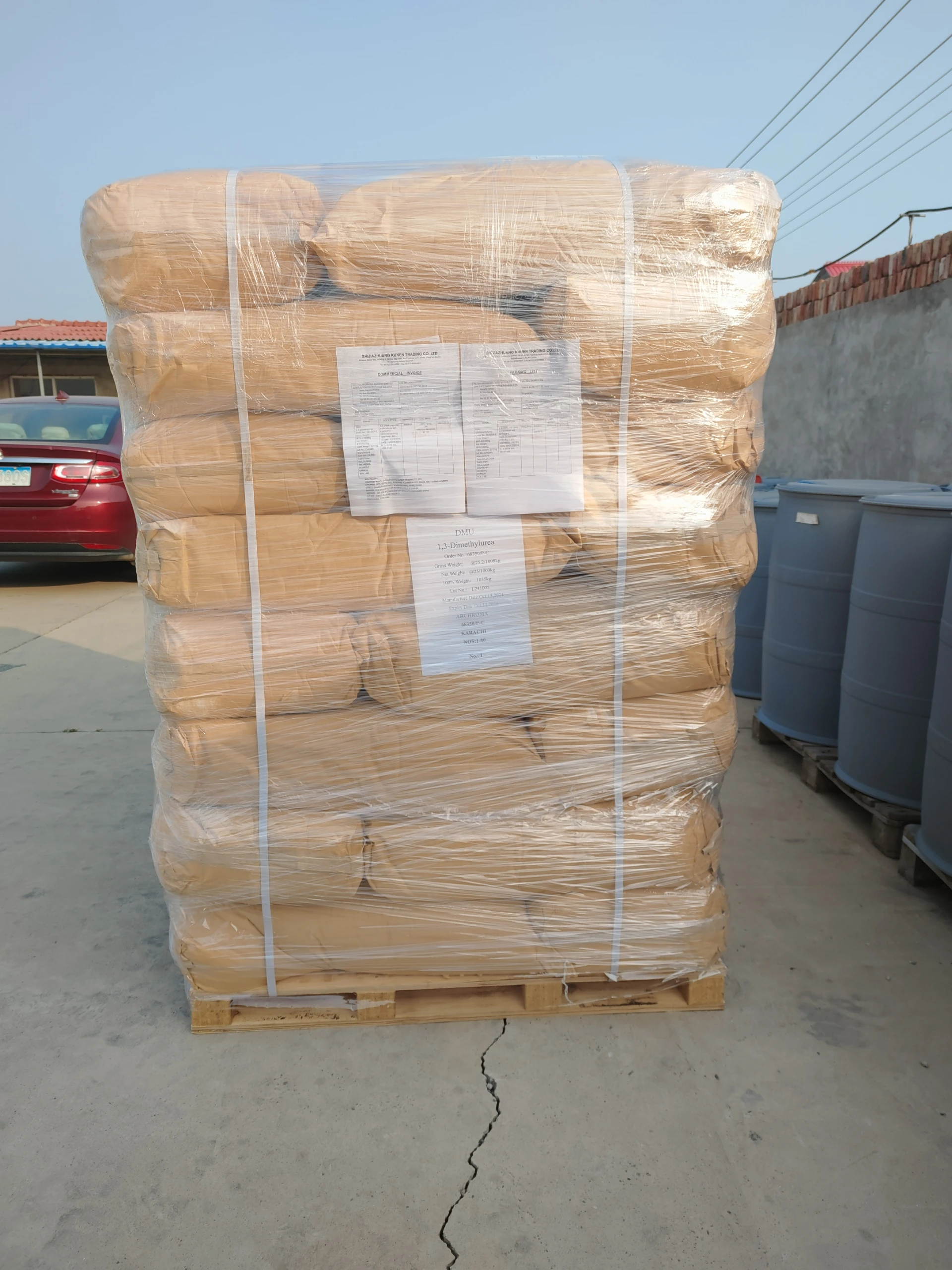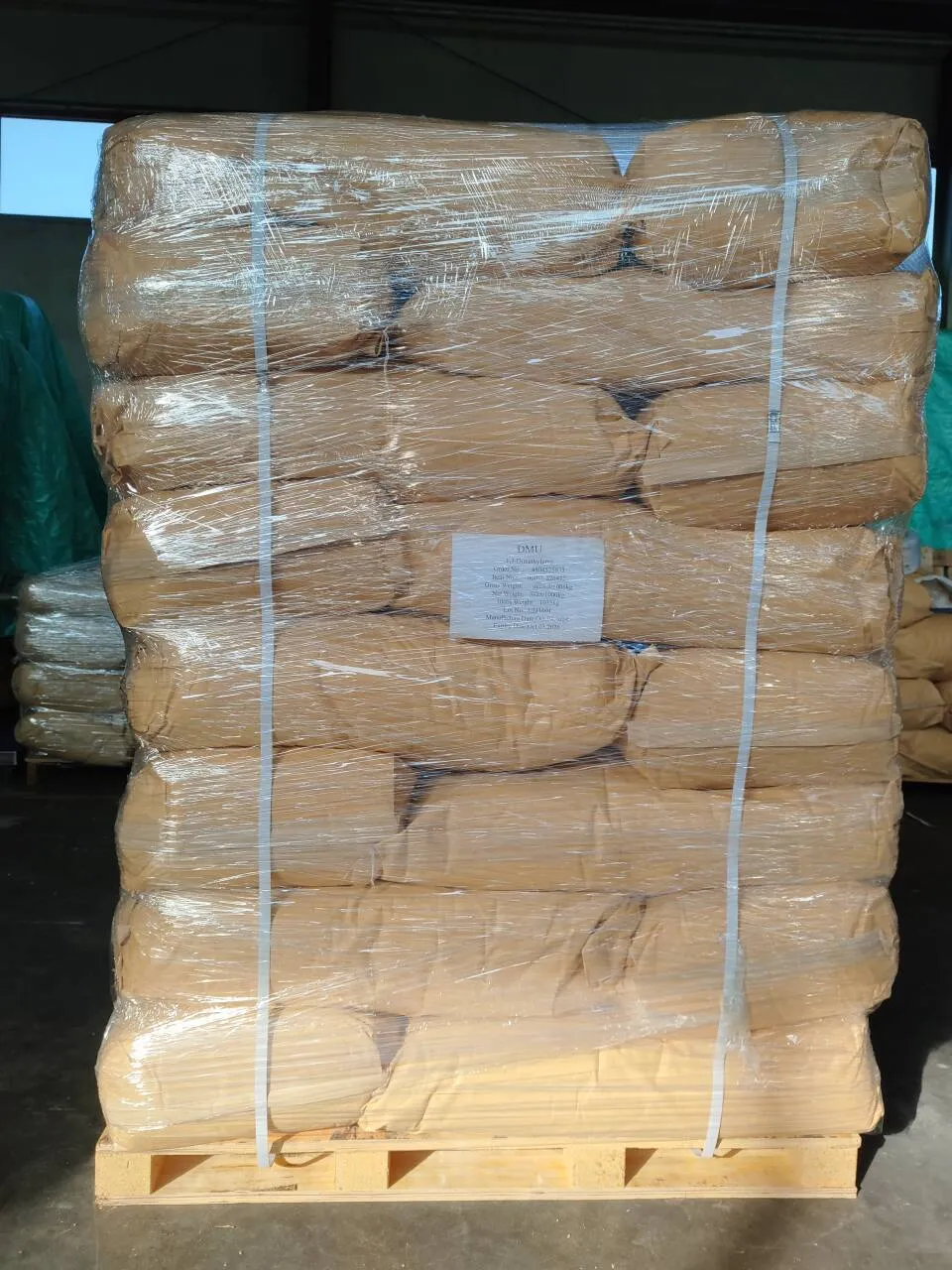- Introduction: Overview of Biodegradable Additives for Plastics and Market Significance
- The Science Behind Biodegradable Additives: Mechanisms, Formulations, and Degradation Pathways
- Benefits and Technical Advantages Over Conventional Additives
- Leading Manufactures: Market Analysis, Supplier Comparison and Data
- Color Additives For Plastics: Customization and Performance Aspects
- Tailored Solutions: Industry-Specific Applications and Case Studies
- Conclusion: Future Trends for Biodegradable Additives for Plastics

(biodegradable additives for plastics)
Introduction: Global Context for Biodegradable Additives for Plastics
Biodegradable additives for plastics represent a significant evolution in response to worldwide concerns about plastic waste accumulation. With over 390 million tons of plastic produced globally in 2022, and less than 10% effectively recycled, the need for effective environmental solutions is acute. Biodegradable additives offer an avenue for reducing the persistence of plastics in landfills and oceans, supporting both legislative requirements and consumer demand for sustainable alternatives. As sustainability drives innovation, the integration of color additives for plastics and other functional additives has allowed for expanded applications without compromising performance or aesthetics. This article deconstructs the realm of biodegradable additives, examining their technological underpinnings, industry landscape, market leaders, customization strategies, and deployment in real-world scenarios.
The Science Behind Biodegradable Additives: Mechanisms and Degradation
Biodegradable additives function by facilitating the breakdown of polymer chains via exposure to natural environmental agents such as UV, moisture, heat, and, crucially, microbes. These additives are typically compounded during plastic manufacturing, enabling the ultimate mineralization of plastics to CO2, water, and humus under controlled composting or landfill conditions. Advanced formulations often leverage enzyme-triggered hydrolysis, oxo-biodegradation, or photo-biodegradation to ensure broad compatibility with mainstream plastics like polyethylene (PE), polypropylene (PP), and polystyrene (PS).
Chemical structures integrated may include starch/polyester blends, polylactic acid (PLA) backbones, or proprietary enzyme initiators. Performance is stringently tested using ASTM D6400, EN 13432, or ISO 17088, which examine compostability, disintegration rates, and residual toxicity. A pivotal aspect is the balance between required functional lifetime during use and the programmed onset of degradation post-disposal, making exact dosing and selection of additives used in plastics a technically complex process.
Benefits and Technical Advantages Over Conventional Additives
The incorporation of biodegradable additives yields measurable benefits over traditional plastic additives. Firstly, these solutions allow manufacturers to meet increasingly stringent Extended Producer Responsibility (EPR) and single-use plastic ban regulations. For example, plastics containing certified biodegradable additives have been shown to completely break down within 180 days under industrial composting, compared to the century-long persistence of untreated plastics.
- Environmental Impact: Life Cycle Assessment (LCA) data indicates up to 60% lower greenhouse gas emissions and significantly reduced microplastic generation in end-of-life scenarios.
- Functionality: Additives are available for a diverse range of needs: improving processability, tensile strength, UV shielding, flame resistance, and color matching.
- Compatibility: Solutions exist for both fossil-derived and bio-based plastics, ensuring seamless adoption without costly equipment overhauls.
Furthermore, when combined with customized color additives for plastics, brands can maintain visual differentiation and product appeal while meeting sustainability targets.
Leading Manufactures: Market Analysis, Supplier Comparison and Data
The market for biodegradable additives and related plastic modifiers is growing at approximately 11% CAGR, expected to reach USD 3.1 billion by 2027 (Source: MarketsandMarkets). Key players differ in specialty focus, R&D investment, regional presence, and product breadth. The following table details a comparative analysis of top suppliers:
| Manufacturer | Flagship Additive | Annual Output (MT) | Certified Standards | R&D Spending (2023, USD million) | Main Markets |
|---|---|---|---|---|---|
| NatureWorks LLC | Ingeo™ Biopolymer | 95,000 | EN 13432, ASTM D6400 | 52 | USA, EU, Asia |
| Novamont S.p.A. | MATER-BI® | 125,000 | EN 13432, ISO 17088 | 48 | EU, N. America |
| Bio-Tec Environmental | EPI TDPA™ | 30,000 | ASTM D6954 | 17 | USA, S. America |
| Kingfa Sci. & Tech. | BioPBS™ Additives | 55,000 | EN 13432, ISO 17088 | 24 | Asia, EU |
| Clariant | EcoTain® Colorants/Additives | 77,000 | ISO 14025 | 39 | Worldwide |
Selection factors include certification alignment, supply chain reliability, support for custom color additives, pricing models, and post-sales technical support. These firms frequently provide technical partnerships to support scale-up and regulatory compliance across global markets.
Color Additives For Plastics: Customization and Performance Aspects
Color additives for plastics are integral for product branding, identification, and performance differentiation. With biodegradable plastics, traditional pigments and dyes can impede disintegration rates or introduce toxicity. Advanced color additive formulations now employ natural or plant-derived colorants and fully compostable carriers that synergize with biodegradable polymer matrices.
For instance, Clariant and Sukano offer masterbatches engineered for rapid disintegration without color leaching, tested in compliance with OEKO-TEX and FDA food-contact standards. Additionally, additives used in plastics can include UV absorbers, anti-static agents, and impact modifiers designed for biopolymer compatibility. Customization extends to:
- Precise Pantone or RAL shade matching
- Migration stability through life cycle
- Performance in opaque, translucent, or metallic finishes
- Batch-to-batch reproducibility for high-volume brands
Biodegradable color additive integration offers designers and converters the flexibility to combine sustainability with appealing product aesthetics without regulatory compromise.
Tailored Solutions: Industry-Specific Applications and Case Studies
Customization of biodegradable additives for plastics
enables penetration into diverse sectors including packaging, agriculture, textiles, consumer goods, and medical disposables. Practical deployment hinges on matching additive chemistry to the intended use-case and required degradation environment. Here, we examine select case studies that illustrate real-world impact:
- Food Packaging: A leading European retailer launched a PLA-based tray with integrated natural color additives in 2022. Independent testing showed 97% degradation within 120 days in commercial composters. Oxygen barrier properties were maintained, extending product shelf life by 18% compared to PET alternatives.
- Agricultural Mulch Films: Adoption of starch/PBAT blend masterbatches has enabled field mulch biodegradation within a single farming season, eliminating end-of-life removal costs and improving soil health.
- Textiles: European sportswear brands now deploy polyhydroxyalkanoate (PHA) fibers colored with compostable pigments, reducing microplastic release by up to 83% in laundering tests.
Operational data from these cases reveal ongoing reductions in waste management fees and enhanced consumer acceptance rates, with brands reporting up to 35% sales uplift for “compostable” certified packaging lines versus traditional counterparts.
Conclusion: Future Trends for Biodegradable Additives for Plastics
The global demand for biodegradable additives for plastics is set to accelerate amidst tightening regulation and eco-conscious consumer preferences. Near-term advancements are likely in multi-functional additives—combining barrier resistance, antimicrobial properties, and vibrant colors within a fully degradable framework. Strategic collaborations across the supply chain, from feedstock providers to FMCG brands, will underpin scalable adoption.
Forward-looking manufacturers are investing in AI-driven compounding technology and blockchain-enabled tracking for verifiable end-of-life claims. While cost parity with conventional additives remains a challenge, economies of scale and government incentives may soon bridge this divide. Ultimately, ongoing R&D and real-world performance data will define the next generation of sustainable plastic solutions, placing biodegradable additives and their advanced color and functional variants at the forefront of the plastics industry revolution.

(biodegradable additives for plastics)

